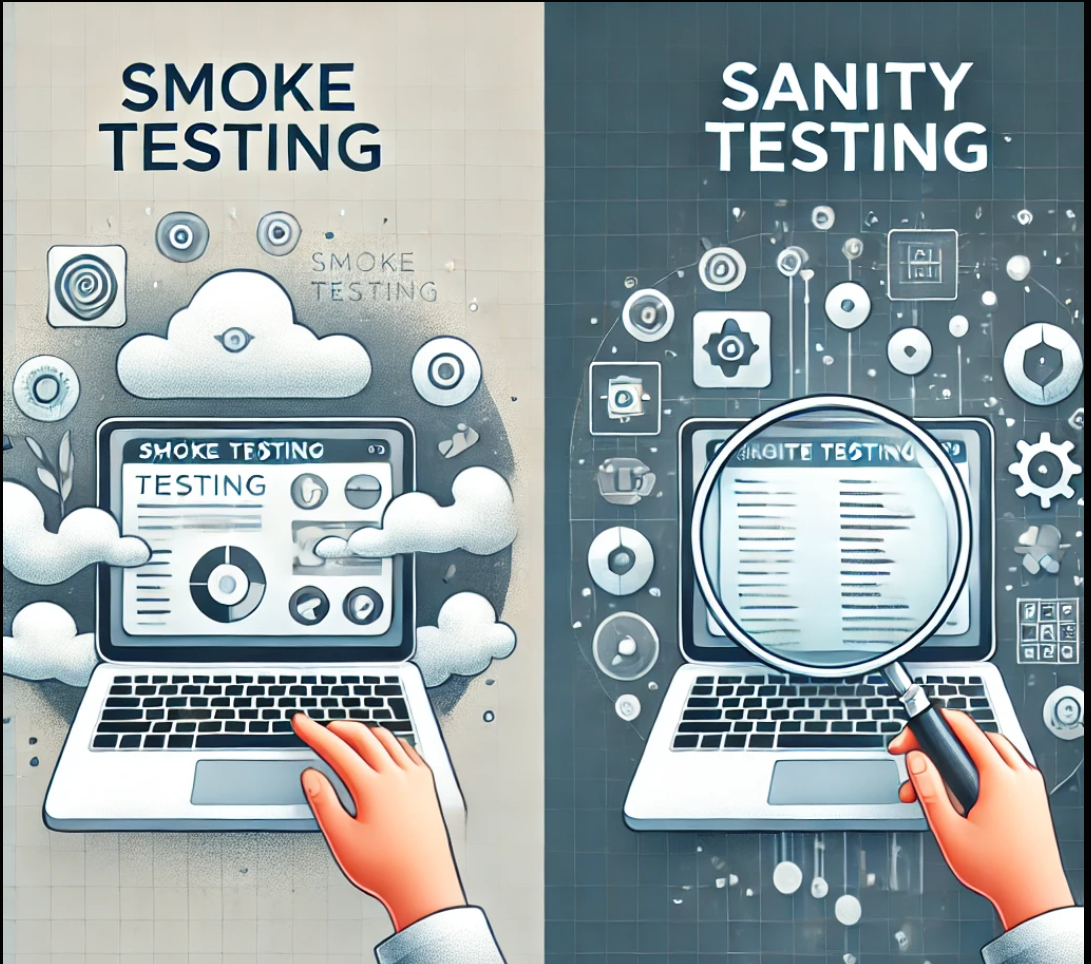
Introduction
Writing test cases is a crucial skill in software quality assurance. Well-structured test cases help ensure that every part of an application functions as expected and help developers identify issues early in the process. This guide will walk you through writing clear, effective test cases and provide a free downloadable Excel template to keep your test cases organized.
What is a Test Case?
A test case is a set of conditions or steps used to verify whether a particular functionality of a software application works as intended. Each test case includes a specific input, the action you take, and the expected outcome.
Why are Test Cases Important?
- Structured Testing: They provide a standardized way to test, which ensures thorough coverage.
- Efficient Bug Identification: Clear test cases allow testers to spot bugs easily.
- Reusability: Test cases can be reused in regression testing for consistent quality.
- Communication: Clear test cases help communicate requirements and ensure everyone on the team understands the expected behavior of the software.
How to Write Effective Test Cases
When writing test cases, keep them clear, concise, and organized. Here’s a basic structure to follow:
- Test Case ID: A unique identifier (e.g., TC01, TC02).
- Test Case Description: Briefly describe the test case.
- Pre-Conditions: Mention any specific conditions needed before executing the test.
- Test Steps: Outline each action needed to execute the test.
- Expected Result: Describe the expected outcome.
- Actual Result: (Leave blank until execution) Log actual results here.
- Status: Indicates if the test case passes or fails.

Test Case Writing Best Practices
Use Simple Language: Avoid technical jargon for clarity.
Make it Repeatable: Test cases should provide detailed steps so any tester can repeat the test.
Keep Test Cases Short: Avoid lengthy steps; keep them focused on the objective.
Add Test Data: Include any required data for each test case.
Cover One Scenario at a Time: Each test case should validate only one aspect or scenario.
Mark Priority: Use a high, medium, or low priority tag to help organize testing efforts.
By following these guidelines and examples, you’ll be well-equipped to write clear and effective test cases that enhance your software testing process.

